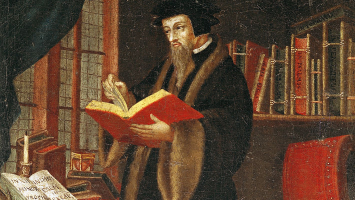Top 7 Interesting Facts about Calvin Coolidge
John Calvin Coolidge, also known as Calvin Coolidge, was the 30th president of the United States (1923–29). He was born on July 4, 1872, in Plymouth, Vermont, ... read more...and died on January 5, 1933, in Northampton, Massachusetts. After Warren G. Harding passed away while in office and right as the Harding scandals were coming to light, Coolidge assumed the presidency. He maintained the conservative, pro-business policies of his predecessor while restoring integrity to the executive branch of the federal government. Let's look at some interesting Calvin Coolidge facts.
-
In part, Coolidge's trip to Cuba was meant to provide the US president a chance to support Gerardo Machado, the country's president, who was facing fierce public opposition. Machado ran for president in 1924 on a platform of change that included increasing worker pay and safeguarding domestic industry. His plan was to safeguard the interests of everyone, including the Cuban industrial and agricultural producers, the US financial oligarchy, the Spanish major merchants, and the Cuban populace. However, a severe drop in sugar prices between 1927 and 1928 caused his reform attempt to collapse. Such transformation in a neocolonial setting can only be successful at high points in the cycles of export prices for raw materials.
There have been strikes and protests planned by labor and student organizations since the start of the Machado government. In response, the Machado administration launched a campaign of repression that resulted in the incarceration and assassination of numerous important labor and student leaders. Machado was eventually forced to retire in 1933 as a result of the repression.
In his remarks at the conference's January 16, 1928, opening ceremony, Coolidge spent a good deal of time discussing Cuba's development as an independent republic and complemented Machado for having brought the country to a "high and respectable position" (cited in López 2016). Machado was able to move forward with his plans for constitutional revisions to extend his term in office thanks to the cooperation of the US president. Machado was able to increase his power temporarily thanks to clear US support.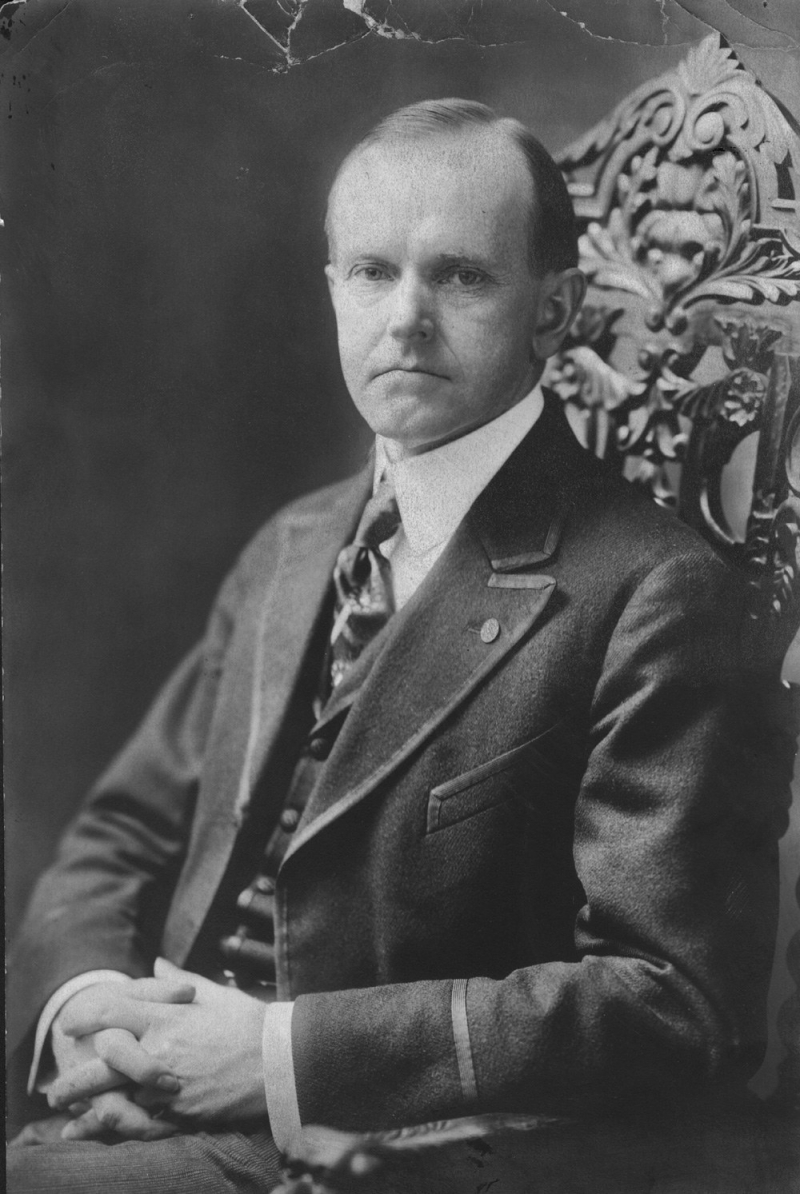
Source: starsinsider.com 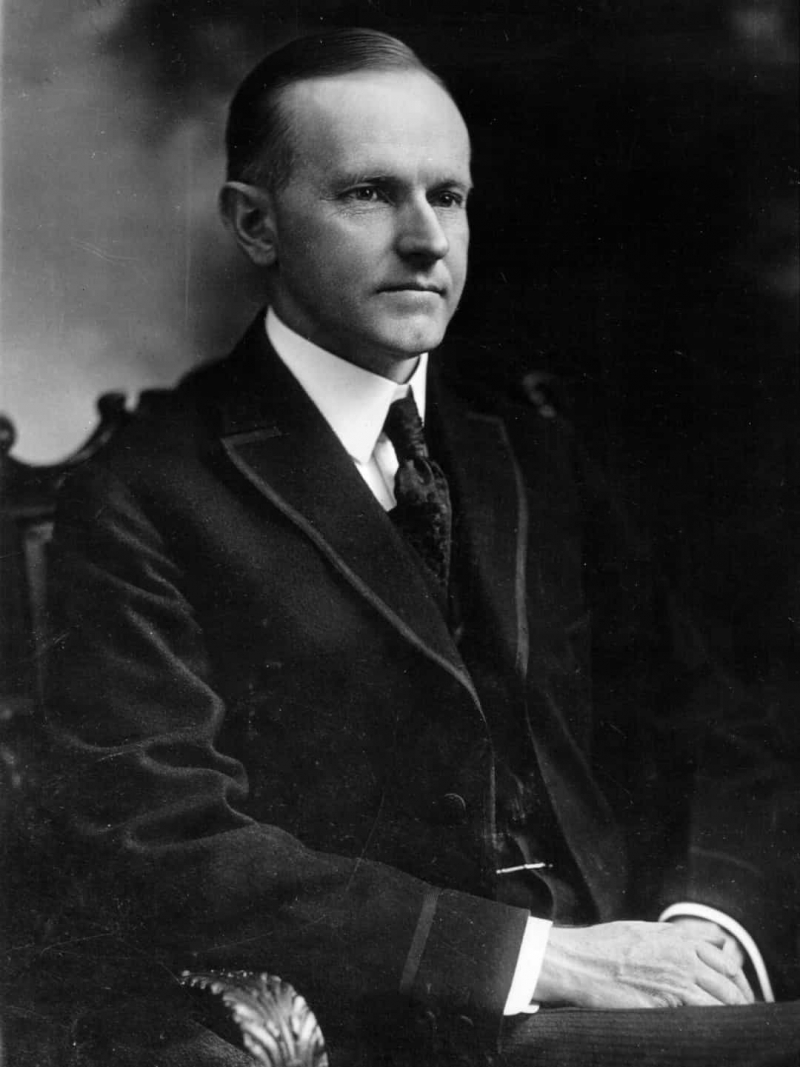
Source: starsinsider.com -
President Calvin Coolidge was a role model for many essential principles; he is renowned for his honesty, integrity, reason, self-discipline, and diligence. Even when things were difficult and it would have been simpler to give up these ideals, he always remained true to himself throughout his life. This frequently appears to be an unusual occurrence among politicians, particularly those who are currently in power, but it just serves as a testament to the kind of guy and president Coolidge was. Hard work, maybe, is the most crucial of all the principles that President Coolidge believed, even though they are all very vital for someone to have. People believe this because nothing in this world is free; everything comes at a price and oftentimes that price is the tireless dedication and hard work of those fighting to succeed. Without hard work, no one would accomplish anything.
Coolidge himself credits his perseverance and commitment to his career as the reason for his success. He became such a well-liked and well-known politician due to his dedication to his hard work in his profession. As president, Coolidge made a concerted effort to implant many of his personal values in the people of America. Declaring that "the chief business of the American people is business," he battled against corruption in the federal government and promoted private enterprise ("Calvin Coolidge"). Many people credit Coolidge's presidency for the Roaring Twenties' economic boom because he understood the value of hard labor. The reason Coolidge was such a strong leader and a success in his field was because of his constant effort and commitment.
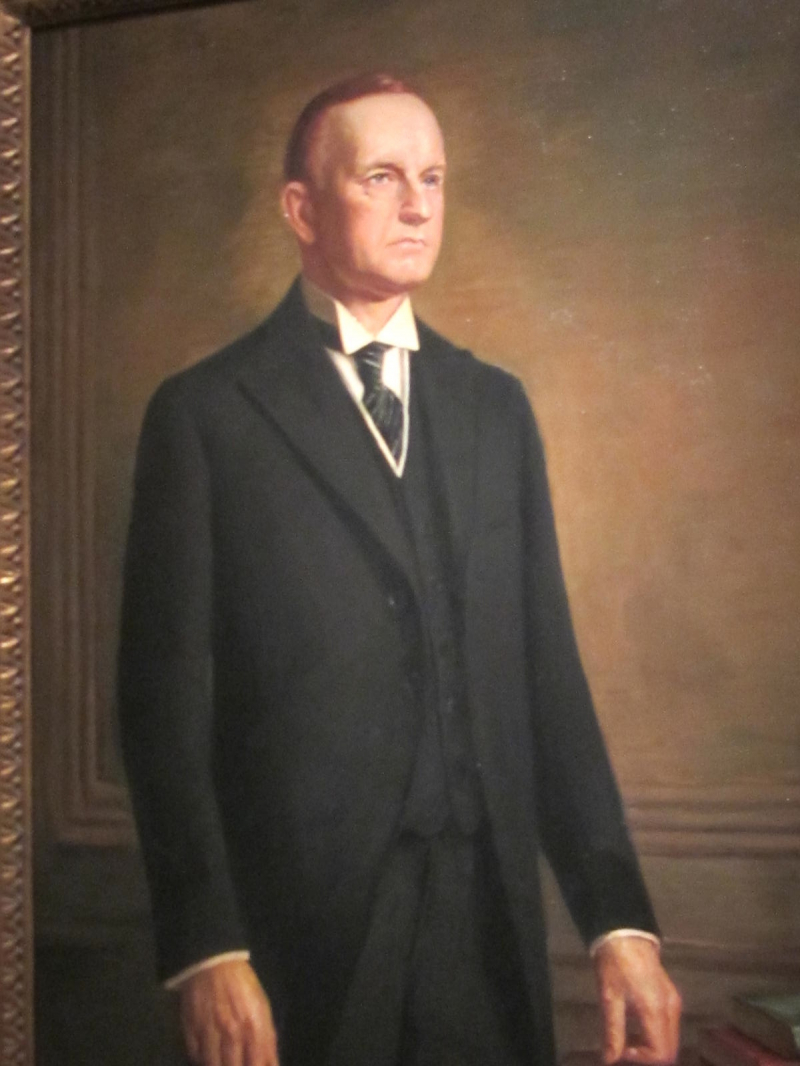
Source: blogspot.com 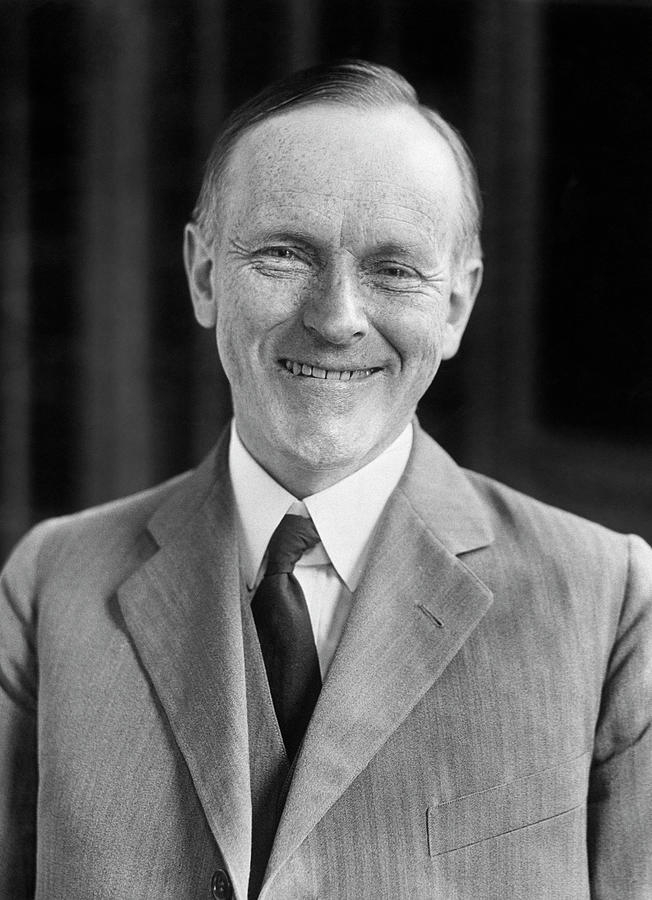
Source: fineartamerica.com -
Governments frequently view journalists as a burden on their administration and prefer not to release updates through such means. However, journalists are the most important component of any administration in contemporary society, where the media has a tremendous impact on the lives of many people. President Coolidge was aware of this truth, which is why he preferred to communicate with the public this way rather than through Congress. The 1920s, also referred to as the "Roaring 20s," continue to fascinate us today. This decade will be remembered for its glitz, quick economic growth, and creativity and innovation.
But everything has a negative aspect as well. An eventual economic crash was caused by causes such as unbridled consumerism and borrowing, as well as corruption in business and politics. Between 1923 through 1929, Calvin Coolidge served as president of the United States and oversaw these occasions. He had some intriguing perspectives on the relationship between business and government as a fiscal conservative who typically backed business and commerce. Ray Nothstine at the Acton Institute highlights some of these ideas by looking at Coolidge’s 1925 address to the New York Chamber of Commerce.
First, Coolidge decried the collusion of government and business interests, though he did not see this as much of a threat: “While there has been in the past and will be in the future a considerable effort in this country of different business interests to attempt to run the Government in such a way as to set up a system of privilege…these efforts have been very largely discredited, and with reasonable vigilance on the part of the people to preserve their freedom do not now appear to be dangerous.” He offered press releases twice every week to ensure that transparency became one of the main features in his leadership. Also, he regularly provided his comments to the media informally.
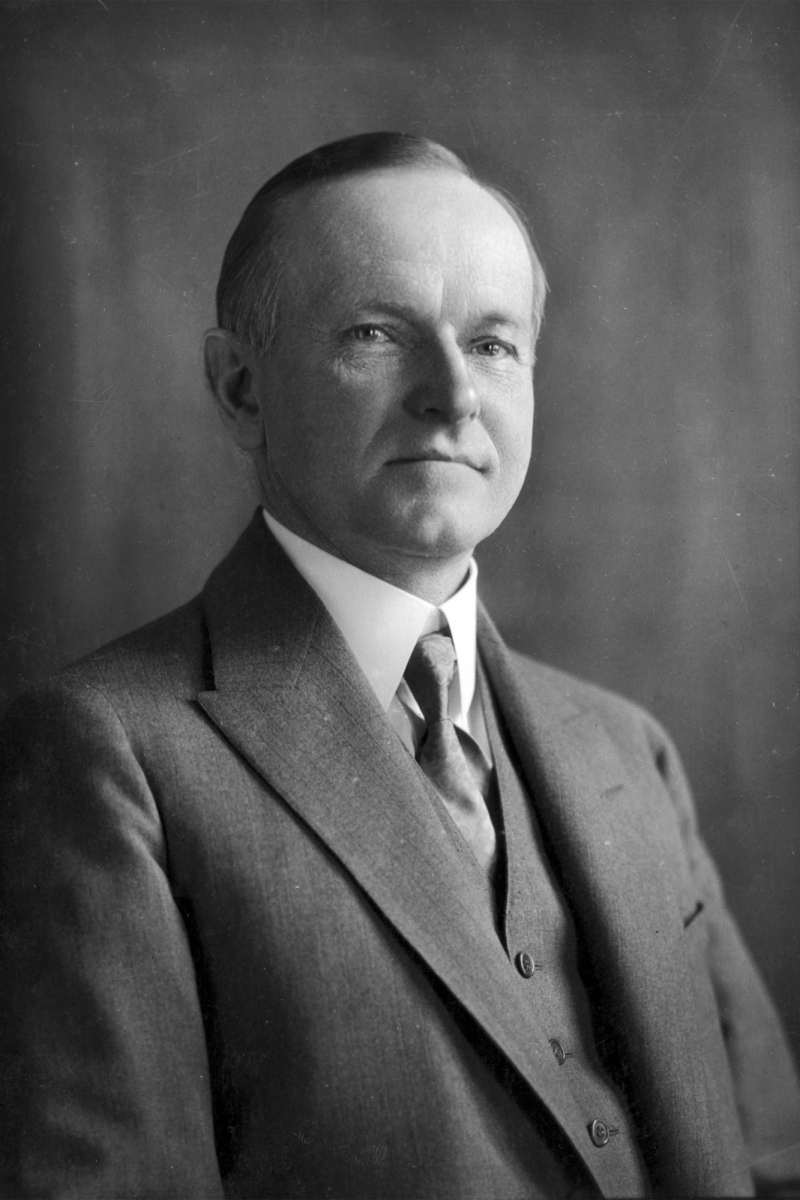
Source: People 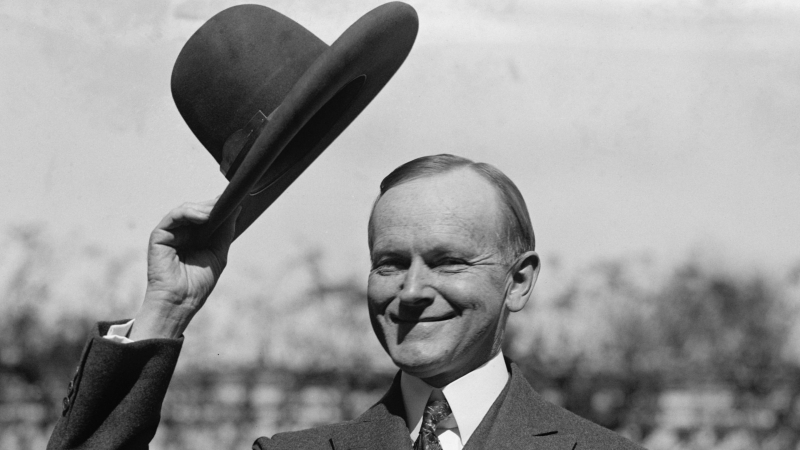
Source: grunge.com -
The Radio Act of 1927, which mandated that broadcasters in the developing medium allow political candidates who request it equal time to air their views, was signed into law on this day by President Calvin Coolidge. A similar rule mandated that candidates be given the same amount of airtime as their "most preferred advertiser" by broadcasters.
Both Rep. Wallace H. White Jr. and Sen. Clarence Dill (D-Wash.) sponsored the legislation, which was bipartisan (R-Maine). In order to control the use of the airwaves "as the public interest, convenience, or necessity" warranted, it established the five-person Federal Radio Commission. It granted the commission authority to punish violators of the legislation and cancel licenses. The Radio Act of 1912, which provided the Secretary of Commerce and Labor regulatory authority over radio, was replaced by the commission. In 1934, the Federal Communications Commission took its place.
The commission was charged with being captured by the industry it was supposed to regulate almost from the beginning. The commercial networks that were then taking over radio were rarely acknowledged in the statute. The commission "has the authority to impose special restrictions relevant to stations involved in chain transmitting," was the only unclear reference. The commission lacked any censorship powers, although “obscene, indecent, or profane language” was barred. While in theory, anything else could be aired, in practice it could weigh programming policies when renewing licenses; its ability to yank one enabled it to influence content.
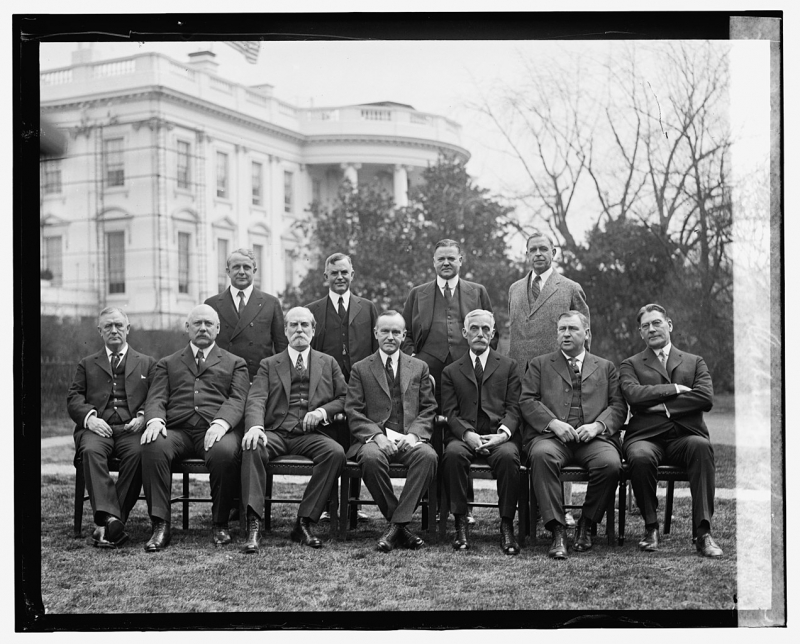
Source: commons.wikimedia.org 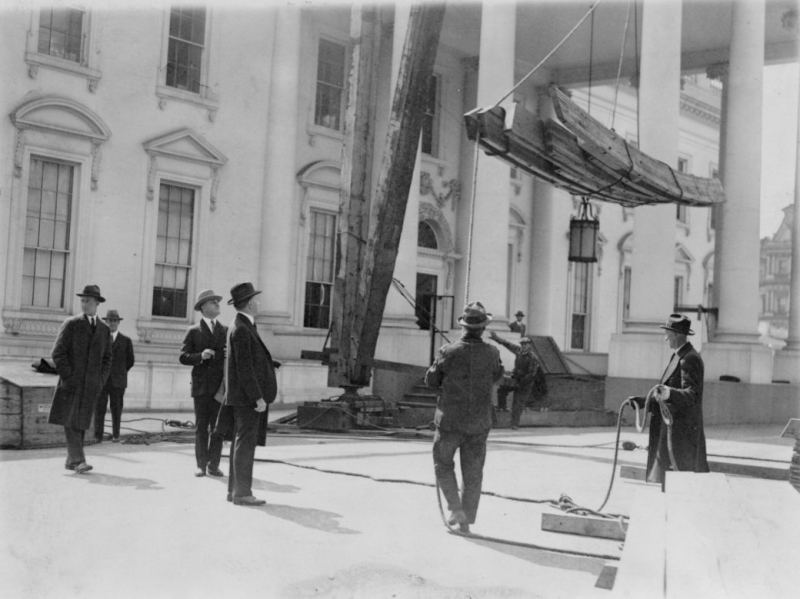
Source: The White House Historical Association -
Reduced government expenditure and lower tax rates were two objectives that Coolidge would order his administration to work toward. In order to lessen the tax burden now carried by the American people, Coolidge declared that he wanted to ensure more efficiency in government by applying the principles of constructive economics. The goal is to reduce government spending, but not just that. Those are merely the methods. the elimination of taxes.
He continued, saying that excessive taxation is "nothing more or less than a limitation upon the people's freedom." The task of cutting spending and taxes was a "gigantic undertaking" for Coolidge's administration, but it was also necessary and critical. He said that his goal was to let people to keep more of the money they make for themselves rather than giving it to the government. This translates into better business, more creature comforts, an overall improvement in the economy, more opportunities for education, and more freedom for everyone. In essence, it is returning our nation to its citizens. It endows them again with higher spiritual as well as material values.
President Harding had already begun to reduce tax rates throughout the 1920s, but it was equally crucial to reduce government spending at the same time. In contrast to the progressive doctrine, which called for a more powerful central government run by an administrative and regulatory bureaucracy, Coolidge supported a small-government approach. This, according to Coolidge, was unconstitutional. Government excess, according to Coolidge, "violates not only the fundamental tenets of our Constitution but also the very creativity of American institutions."
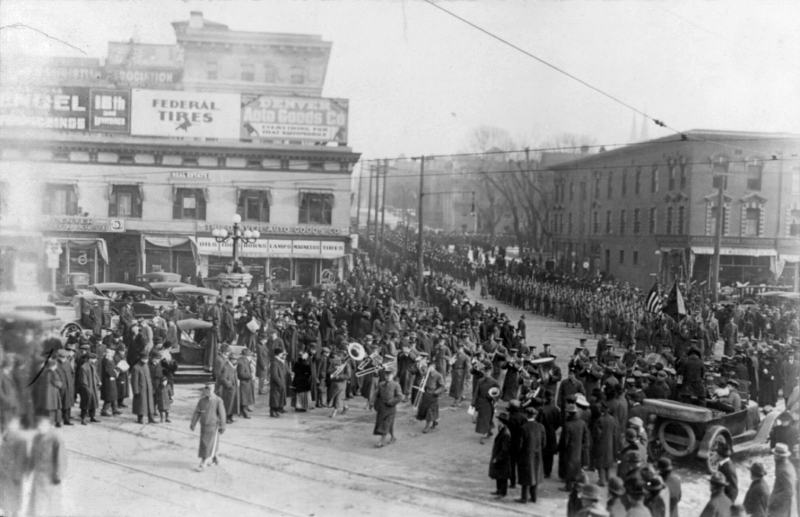
Source: pinterest.com 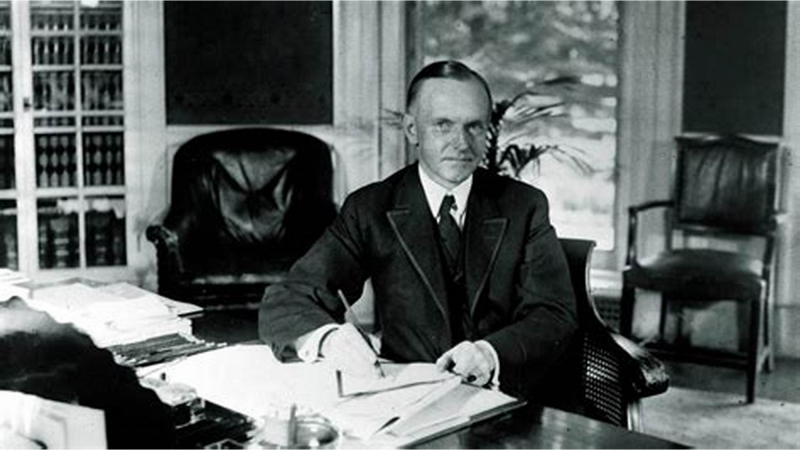
Source: CapX -
Grace Goodhue Coolidge, whom Coolidge had married in 1905, was a one time instructor for Deaf people, a population who had not received much in the way of national attention. Grace was interested in raising awareness; she educated the public and invited Helen Keller to the White House. Grace was able to raise $2 million for the Clarke School for the Deaf in Northampton, assisted by her husband, who often told friends to contribute to the school.
Grace Coolidge won over the American people by wholeheartedly adopting cultural fads that were becoming increasingly fashionable in the 1920s. Despite her husband's instructions, Grace Coolidge deviated from the conventionally conservative attire worn by prominent officials by shorter skirts and donning more baggy apparel. The First Lady enjoyed athletics as well. She liked baseball, teaching the game to her young sons in Northampton while her husband's political career kept him busy or transported him across the state to Boston.
She hiked or walked every day. She attended Washington Nationals home games as First Lady and had a front-row seat for the 1925 World Series. And as Hollywood mesmerized the American public with its moving pictures, movie buff Grace Coolidge invited screen actors such as Tom Mix, John Barrymore, Douglas Fairbanks, Mary Pickford, and Al Jolson to the White House. She also entertained aviator Charles Lindbergh, who had captivated the world in 1927 with his transatlantic flight.
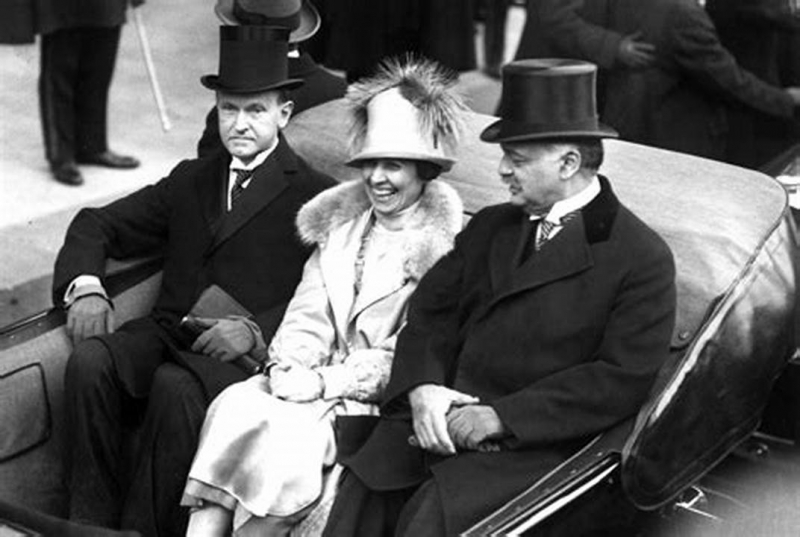
Source: Smithsonian Magazine 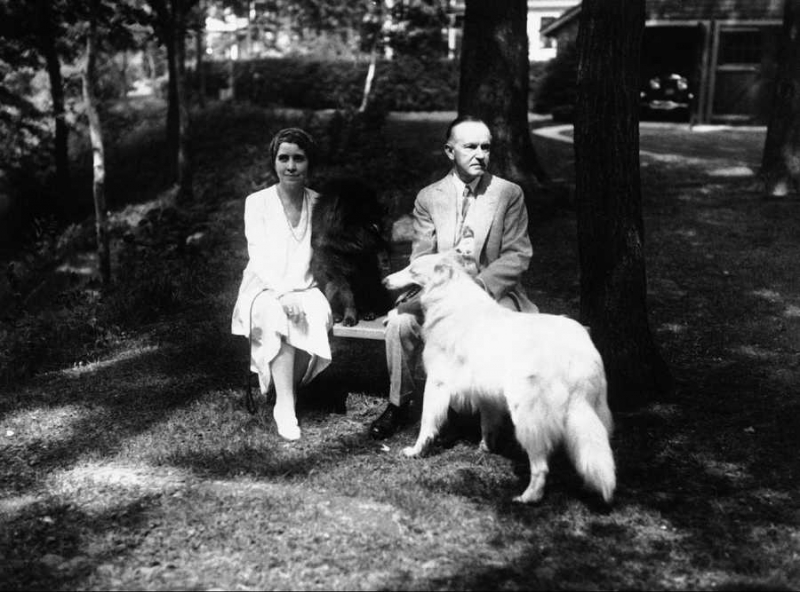
Source: WCVB Channel 5 Boston -
Coolidge had gained eight pounds by the time he arrived at the White House. However, in the days before Shake Weights and elliptical machines, how did an executive exercise? The electric horse appears. It was the creation of utopian physician John Harvey Kellogg, who is most known for inventing corn flakes in an effort to cure people of their habit of masturbating. As a supporter of better living through electricity, Kellogg created a variety of devices that promised to shake, vibrate, and shock sick people back to health. He asserted that "the riding horse," one of his devices for "automatic exercise," precisely replicated the single-foot and English trot gaits of a real horse.
Evidently, Coolidge shared this opinion. The president's electric horse was ridiculed by The New York Times in 1923, but the newspaper cited associates who believed that the president's power and endurance as a leader were attributable "in considerable measure to the attention he has given his electric horse." Coolidge rode it three times daily, moving from a canter to a gallop. Even though "the horse is not much for looks," the president's personal doctor informed The Chicago Tribune that it had certain health advantages. He proclaimed, "It is fantastic for the liver and good for reducing flesh." Until Coolidge had to call for an electrician to fix his horse after it went mad and bucked him out of the saddle, the tale was reportedly maintained a secret. Today, the president’s trusty horse stands in the Calvin Coolidge Presidential Library and Museum in Northampton, Massachusetts, a testament to the quiet president’s thrice-daily dose of whimsy—and fitness.
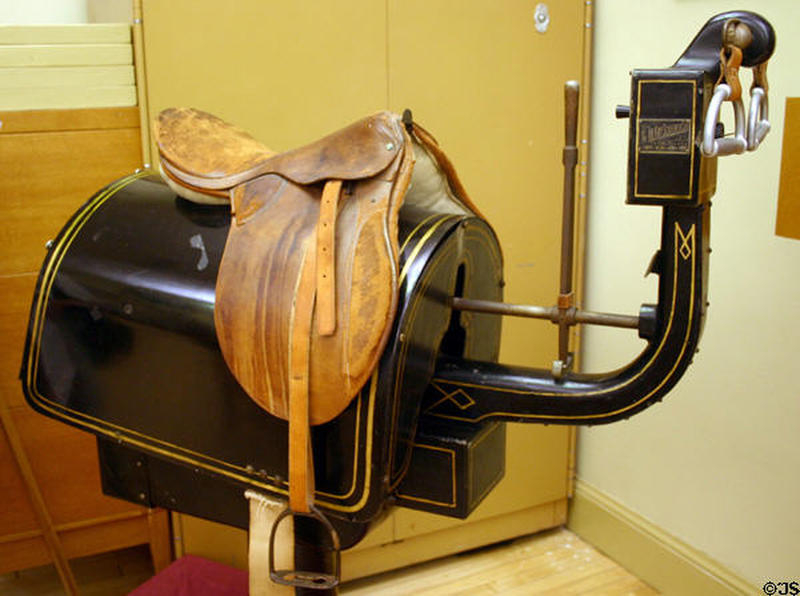
Source: historydaily.org 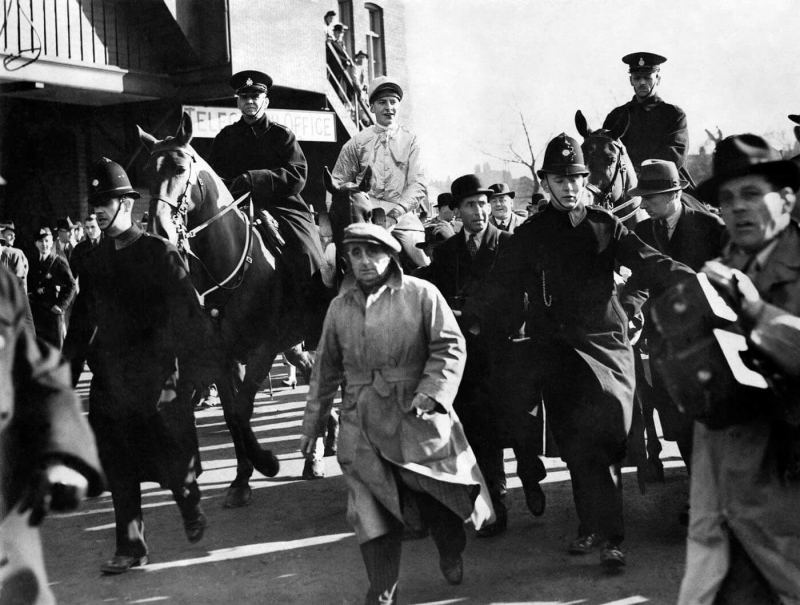
Source: Liverpool Echo









